I really wish I weren’t living through a major historical event right now.’ It was meant as dark humour, but this post that appeared on my Twitter timeline in the murky depths of March 2020 made me realise that the Covid-19 pandemic would genuinely be a period forever remembered and analysed. More significantly, it meant that the daily reporting of all of us at Autocar would be looked upon as part of a historical record.
Subscribe to the Autocar Archive today
In truth, although pandemics, world wars, oil crises, key car launches, engineering innovations, company failings, worker strikes and legislative upheaval (no bigger example of which can be found than that occurring as you read these words) expectedly come to be seen as major markers, everything on which we report and every letter from a reader that we publish is an indelible and valuable source offact and contemporary perspective.
Imagine you’re Henry Sturmey in 1897, two years after founding The Autocar, riding atop your sparkling new Daimler, exposed to the elements and having but 4bhp under your right foot and a tiller with which to steer. It’s quite fantastic, indescribably more refined, more powerful, comfier,faster and more obedient than the horse that you and every one of your ancestors had relied uponfor primary transport.
“We are very pleased with it,” you write in the magazine’s first ever long-term test report. “All who have yet ridden in it express themselves highly pleased with its comfort. No one need hesitate about purchasing a car under the belief that they are anything but practical articles.”





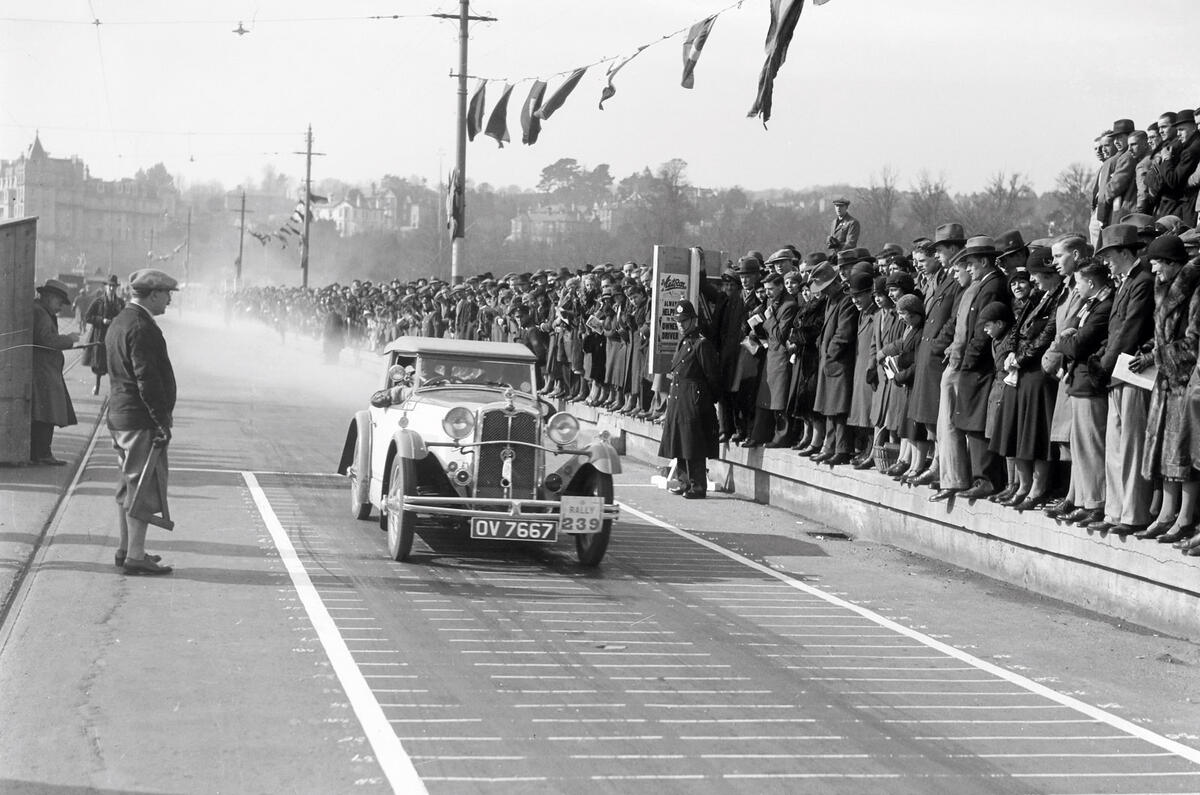


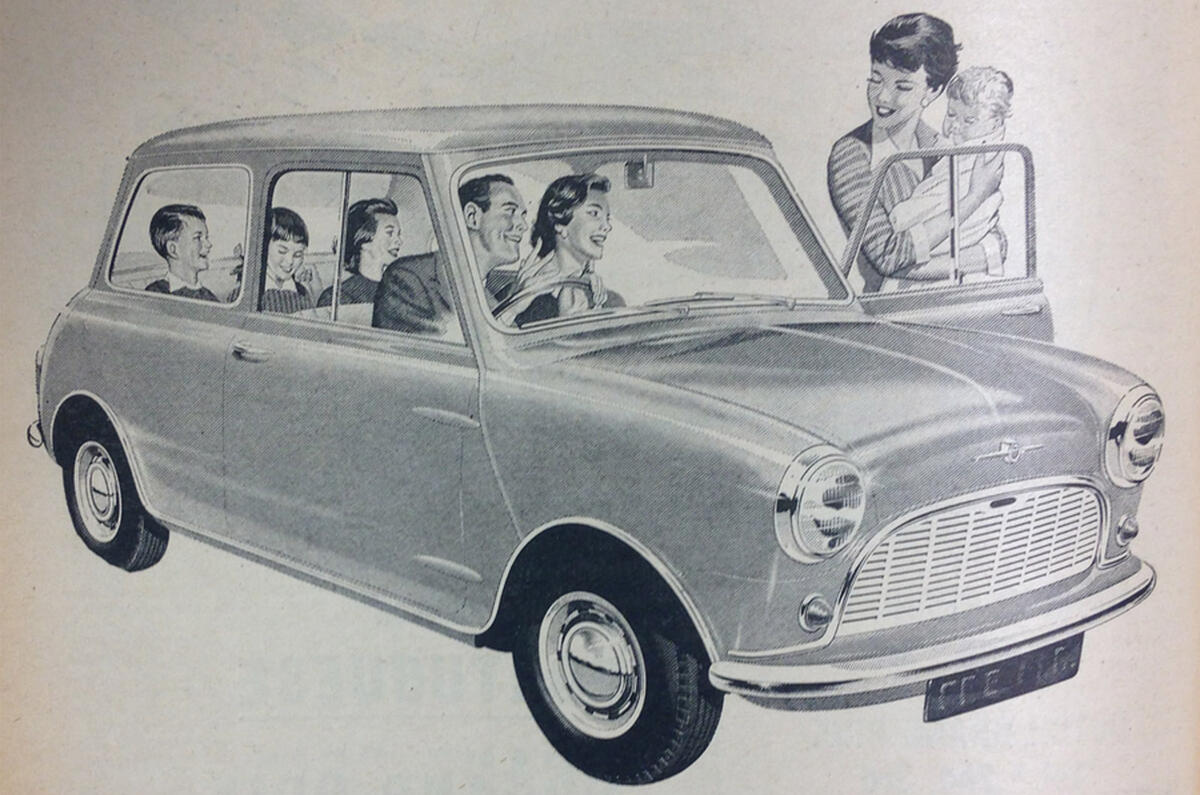





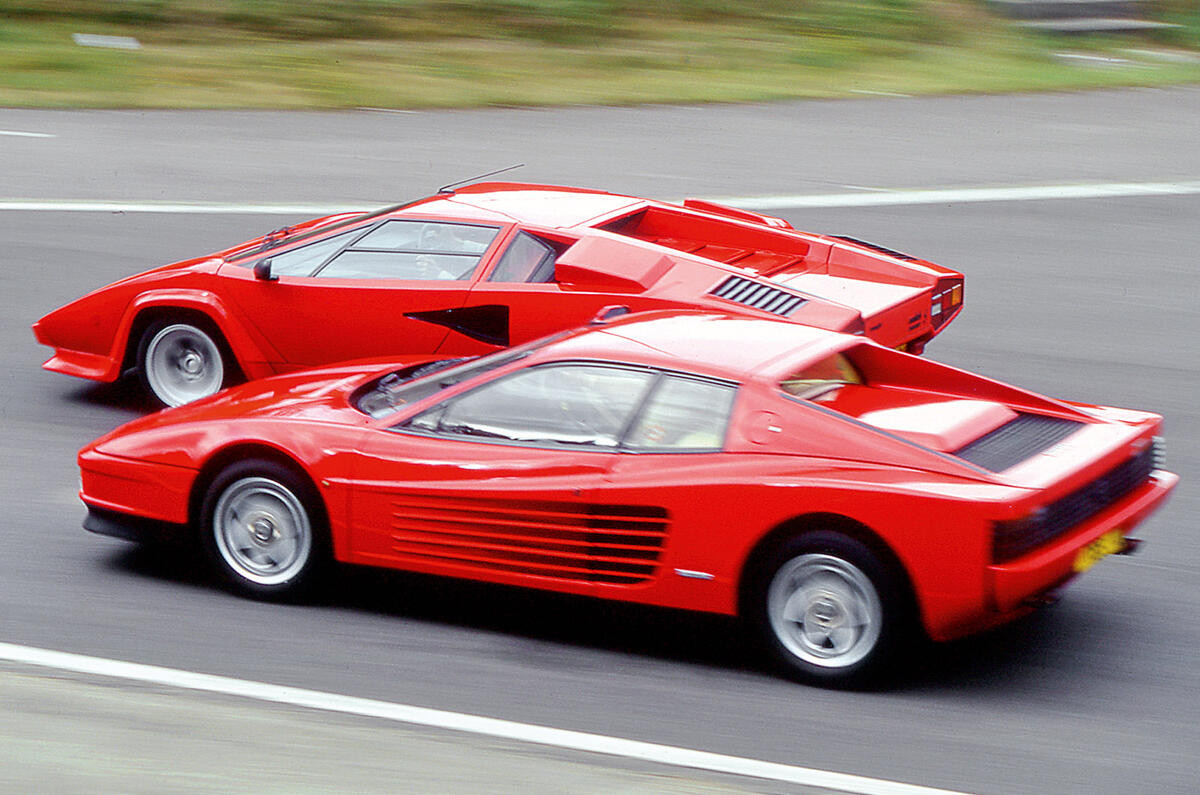

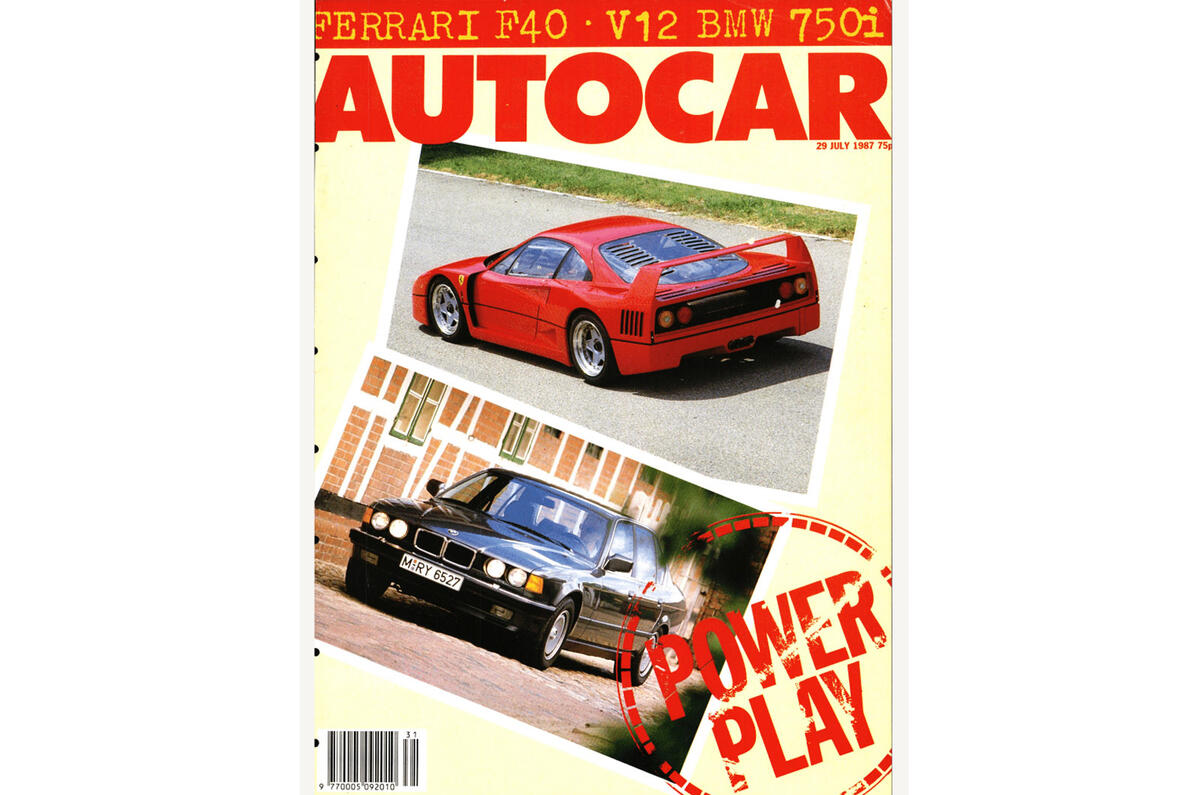








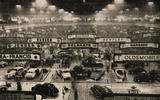
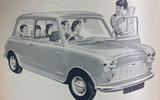
















Join the debate
Add your comment
Before the internet I saved every copy of Autocar for at least 20 years, and had a bookcase full of them. I could only afford to buy (very) second-hand cars, and I would hunt through the back issues until I found your original review of anything I was interested in buying. I purchased over 40 cars following your advice. Many thanks.
Car magazines were a big part of my life as a kid, and ever since. From the early 80s i spent pocket money on them, and became a fan of monthly publications more than weekly because you got more to read for your money. So Autocar wasnt the first i would pick off the shelf unless the cover story really drew my attention. Things have changed a lot in the last 40 years however and i really enjoy Autocar more than its competition, although i remain very attached to Car Magazine too.
So thank you to all who put it together. Keep up the good work.
Autocar is by far the best all round magazine / website for car enthusiasts, I read the magazine regularly and check the website pretty much every day.
That said, I still mourn the day Autocar swallowed up Motor magazine. Motor was my favourite, and was far better than Autocar. A very sad day indeed.